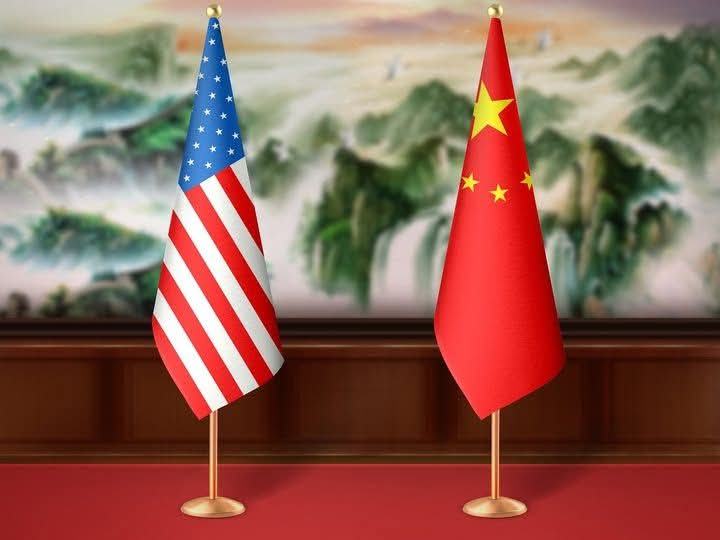The United States and China, the world’s two largest economies, have reached a preliminary agreement to de-escalate their ongoing trade war, a conflict that has introduced significant instability into the global economy. This breakthrough follows a two-day high-level meeting in Geneva, Switzerland, focused on economic and trade relations. The agreement signals a mutual recognition of the importance of a stable and mutually beneficial economic relationship between the two nations and a commitment to finding a sustainable long-term solution. The core of the agreement revolves around a series of coordinated tariff modifications designed to ease the existing trade tensions.
The United States has agreed to a 90-day suspension of 24 percentage points of the additional tariffs imposed on Chinese goods, including those from Hong Kong and Macau, effective from April 2nd, 2025. This leaves a remaining 10% tariff in place. Furthermore, the U.S. will rescind the tariff hikes announced on April 8th and 9th, which, according to Executive Orders 14259, raised tariffs to 84% and then 125% respectively. These actions signal a significant step towards reducing the trade barriers erected during the escalating trade dispute. The 90-day pause offers a window for further negotiation and a potential pathway to a more permanent resolution.
China, reciprocating the U.S. move, will also suspend 24 percentage points of the additional tariffs imposed on U.S. goods outlined in the State Council’s Customs Tariff Commission Announcement No. 4 of 2025, again leaving a 10% tariff in place. China will also roll back the tariff increases implemented through Announcements No. 5 and No. 6, issued on April 9th and 11th, respectively. Crucially, China has committed to removing non-tariff countermeasures implemented against the United States since April 2nd, 2025. These countermeasures, which can include regulations, quotas, and other trade barriers, often create a more complex and difficult to resolve layer in trade disputes. By addressing both tariff and non-tariff barriers, the agreement aims to achieve a more comprehensive de-escalation.
Both countries have pledged to implement these measures by May 14th, 2025, demonstrating a commitment to swift action. The agreed-upon timeline aims to quickly alleviate some of the immediate economic pressures caused by the trade war and create a more conducive environment for further negotiations. The synchronicity of the implementation underscores the collaborative approach both nations are taking to address the trade dispute. The speed of implementation also suggests a shared understanding of the urgency of the situation and the potential for further economic harm if the dispute is allowed to fester.
Beyond the immediate tariff reductions, the agreement establishes a crucial mechanism for ongoing dialogue and negotiation. This framework allows for continued discussions on broader economic and trade relations, providing a platform for addressing the underlying issues driving the trade war. The flexibility of the mechanism, allowing meetings to be held alternately in China, the United States, or a mutually agreed-upon third country, facilitates continued engagement and reinforces the commitment to finding a lasting solution. This ongoing dialogue is critical for navigating the complex web of trade issues and working towards a more balanced and mutually beneficial trading relationship.
The agreement marks a significant step towards easing tensions and potentially resolving the trade war. While the 90-day pause on some tariffs provides temporary relief, the establishment of a dialogue mechanism is key to achieving a long-term solution. The success of future negotiations will depend on both sides demonstrating a willingness to compromise and address the fundamental concerns that led to the trade war in the first place. The world will be watching closely as these two economic powerhouses navigate this critical juncture in their relationship. The outcome will have significant implications not only for their bilateral trade but also for the global economy as a whole.


